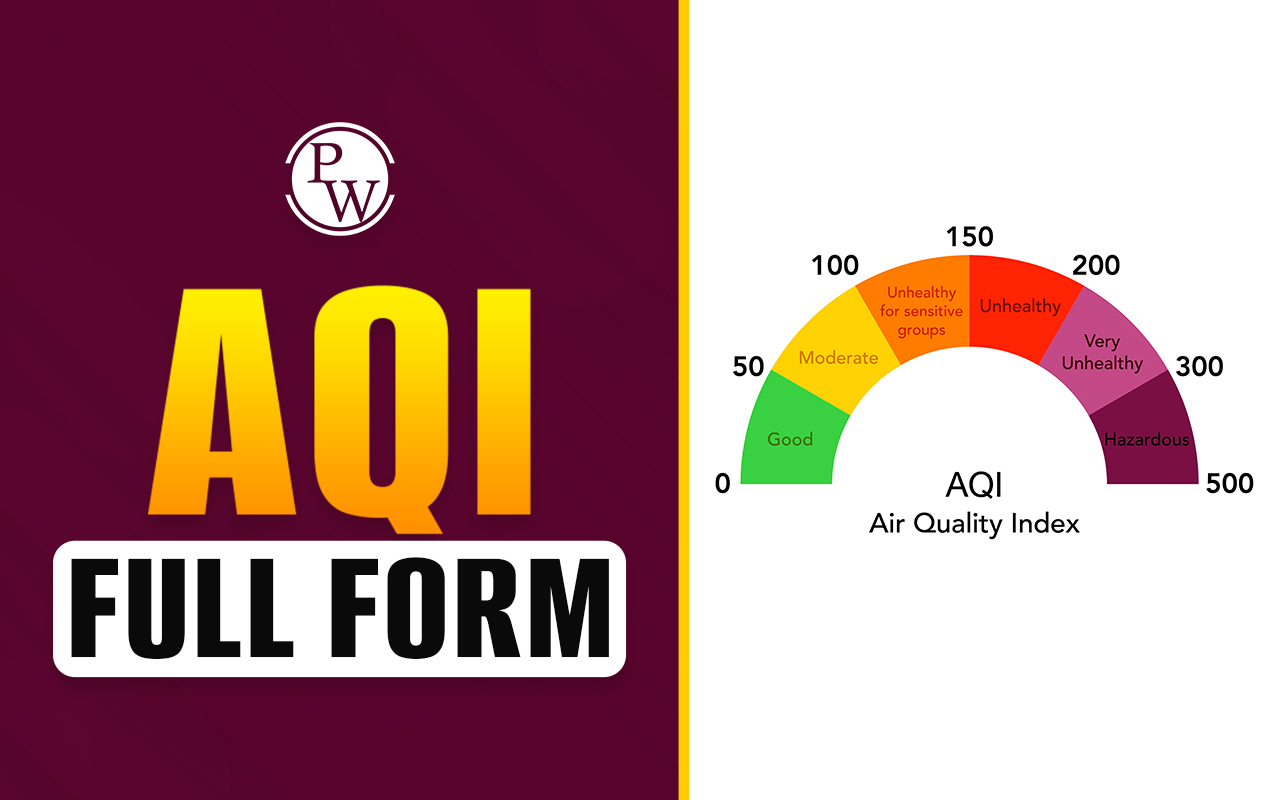

RST stands for restart, and in terms of technology, we have the term RSTn. RSTn stands for restart instruction. It is a type of interruption to the microprocessor performing a particular task. In other words, it is the method of creating a temporary halt during program execution that allows peripheral devices to access the microprocessor. RSTn are 1-byte call instructions.
Types of Interrupts
There are different types of interrupts that allow temporary pauses in the microprocessor. INTERRUPTS ___________|____________ | | HARDWARE SOFTWARE INTERRUPT INTERRUPT _______|_________ | | MASKABLE NON- MASKABLE1. Hardware and software interrupts.
On the basis of attachment points, we classify the interrupts into these two categories. Inside a microprocessor, when a program causes an interruption, that kind of interrupt is called a software interrupt. There are 8 such interrupts. For example - from RST 0 to RST 7. On the contrary, hardware interrupts are the physical transmission of interrupts through the attached pins of the microprocessor. Examples of the same are TRAP, INTR, RST5.5, RST6.5 and RST 7.52. Vectored and non-vectored interrupts.
On the basis of vector addresses, these are classified into two categories. Vectored interrupts hold a fixed address and a predefined service routine to execute the interruption. All the above-mentioned RST interrupts are examples of vector interrupts, except INTR. On the other hand, a non-vectored interrupt is when the vector address of the interrupt service routine corresponding to the INTR interrupt is not well known to the microprocessor, but rather it is provided by the external hardware/peripheral.3. Maskable interrupt and non-maskable interrupt
A further categorization done under hardware interrupts gives us maskable and non- maskable interrupts. For example, TRAP is a non-maskable interrupt, and INTR, RST 5.5, RST 6.5, and RST 7.5 are maskable interrupts. A non-maskable interrupt means the interrupts cannot be masked and are unavoidable, and the service routine has to serve the interrupt. On the other hand, maskable interrupts are those that can be avoided and masked. For instance, if a masked interrupt comes in between the execution of the main program, it will not hinder the execution of the main programme. RST 5.5 It is an interrupt that, when executed, commands the processor to save the contents of the PC register into the stack and branches to the particular 002CH address. Additionally, it is a sensitive level input, but with a lower priority than RST 6.5 and RST 7.5. RST 6.5 Here, this interrupt commands the processor to save the PC register into the 0034 H address's stack and branches. It has a priority higher than RST 5.5 and lower than RST 7.5. It is a maskable interrupt. Moreover, it causes an internal restart to be inserted automatically. RST 7.5 Commands the processor to save the PC register unto 003 CH address's stack and branches. Also, It is an edge-sensitive interrupt. [wp-faq-schema title=" Full Form of RST FAQs" accordion=1]Is there any priority order in the execution of interrupts on a microprocessor?
Yes, the priority in cases of hardware interrupts is as follows- Highest - TRAP > RST 7.5 > RST 6.5 > RST 5.5 > INTR - Lowest
What are the types of RST?
RST are numbered from 0 to 7 ( software interrupts) and also as 5.5, 6.5, and 7.5 (hardware interrupts). The numbers designated are used to define an address point using binary numbers and are of the size of 1 byte.
What is the need for interrupts in microprocessors?
Interrupts send signals from a peripheral device to the processor to perform a task in between the main programme run by the microprocessor. Interestingly, it temporarily halts the execution of the main programme.
Talk to a counsellorHave doubts? Our support team will be happy to assist you!

Check out these Related Articles
Free Learning Resources
PW Books
Notes (Class 10-12)
PW Study Materials
Notes (Class 6-9)
Ncert Solutions
Govt Exams
Class 6th to 12th Online Courses
Govt Job Exams Courses
UPSC Coaching
Defence Exam Coaching
Gate Exam Coaching
Other Exams
Know about Physics Wallah
Physics Wallah is an Indian edtech platform that provides accessible & comprehensive learning experiences to students from Class 6th to postgraduate level. We also provide extensive NCERT solutions, sample paper, NEET, JEE Mains, BITSAT previous year papers & more such resources to students. Physics Wallah also caters to over 3.5 million registered students and over 78 lakh+ Youtube subscribers with 4.8 rating on its app.
We Stand Out because
We provide students with intensive courses with India’s qualified & experienced faculties & mentors. PW strives to make the learning experience comprehensive and accessible for students of all sections of society. We believe in empowering every single student who couldn't dream of a good career in engineering and medical field earlier.
Our Key Focus Areas
Physics Wallah's main focus is to make the learning experience as economical as possible for all students. With our affordable courses like Lakshya, Udaan and Arjuna and many others, we have been able to provide a platform for lakhs of aspirants. From providing Chemistry, Maths, Physics formula to giving e-books of eminent authors like RD Sharma, RS Aggarwal and Lakhmir Singh, PW focuses on every single student's need for preparation.
What Makes Us Different
Physics Wallah strives to develop a comprehensive pedagogical structure for students, where they get a state-of-the-art learning experience with study material and resources. Apart from catering students preparing for JEE Mains and NEET, PW also provides study material for each state board like Uttar Pradesh, Bihar, and others
Copyright © 2025 Physicswallah Limited All rights reserved.











